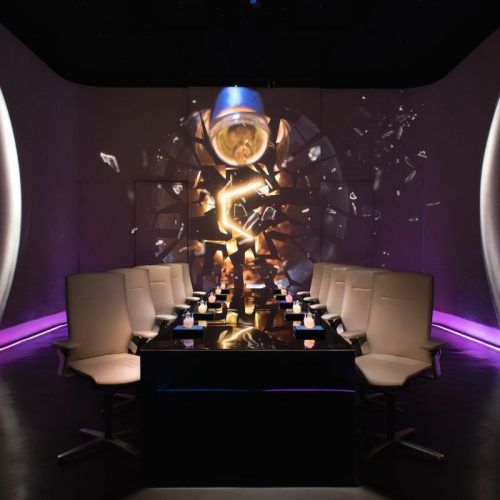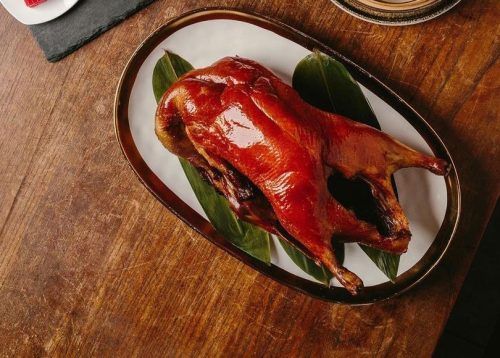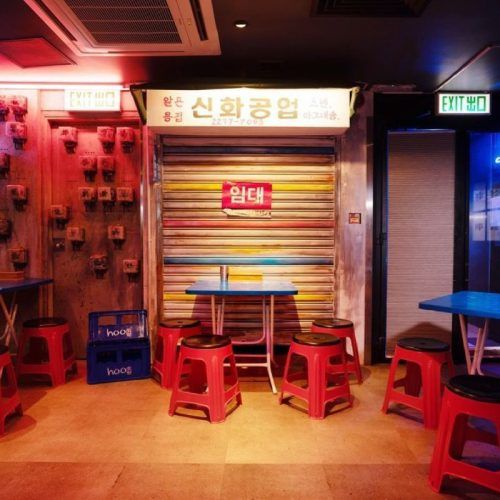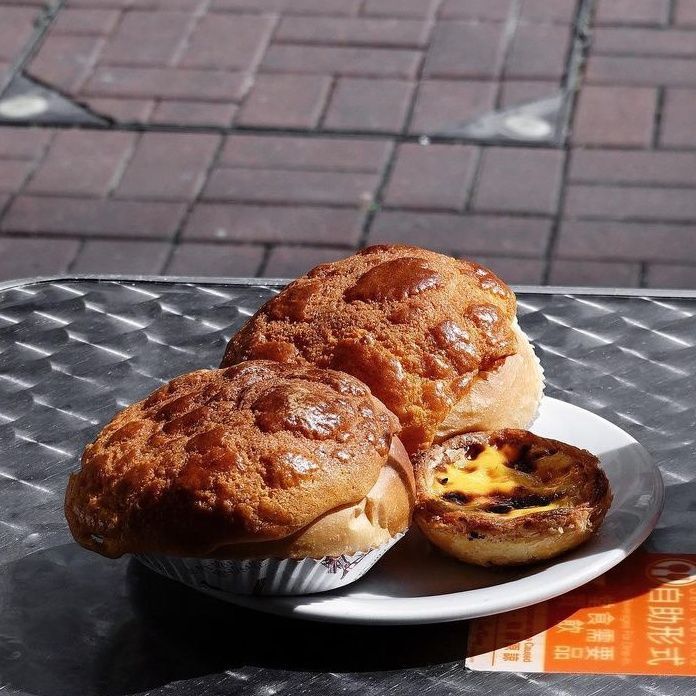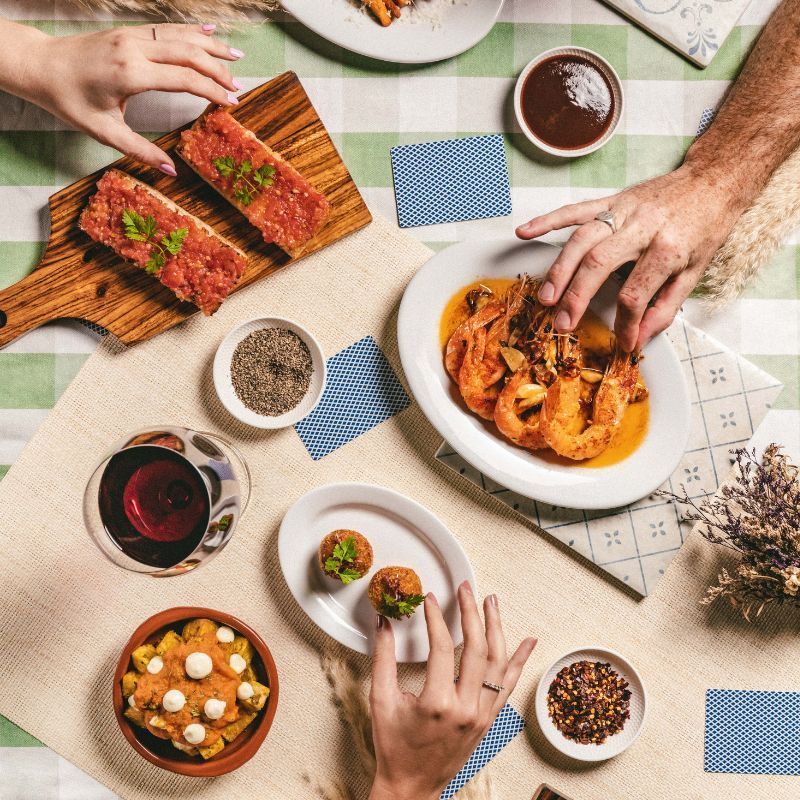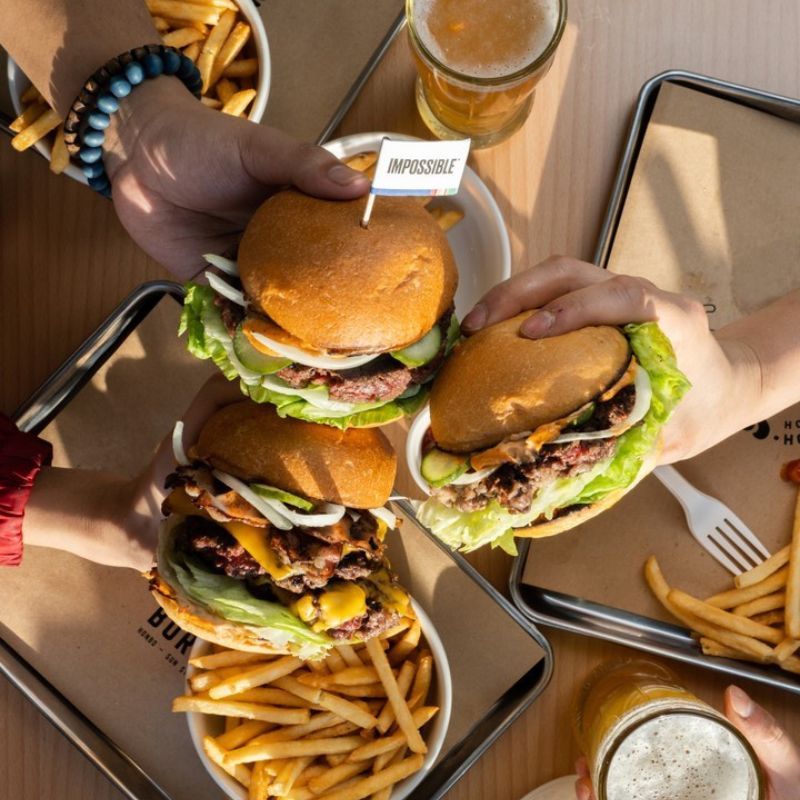Imagine a steaming bowl of beef fat-laden tsukemen (dipping ramen) and a tonkotsu (pig bone) broth well-simmered. It’s evident that Hong Kong has all the right ingredients for a world-class ramen destination. Our top picks below are the establishments that prove it.
In one of the more iconic scenes from Tampopo (1985) a young and earnest lorry driver Gun accompanies an elderly noodle master on a culinary excursion verging on ecclesiastic worship. For three and a half hilarious minutes, Gun learns the finer points of ramen appreciation. For one, has to “apologise” to his sliced pork and “eye it affectionately” whilst imbibing both soup and carbohydrates. It’s a respectful gesture to acknowledge the equal role that every ingredient plays within a balanced ramen. This speaks to a broader cultural affinity for the classic Japanese noodle dish. It was introduced to the island nation by 19th-century Chinese migrants, now exported around the globe.
Hong Kong being a culinary haven, has no shortage of places to slurp up this lip-smacking dish. On this list, we bring to you the best ramen restaurants in Hong Kong that elicit a Tampopo-esque degree of contentment. Get ready to explore several regional twists on this beloved soupy staple!

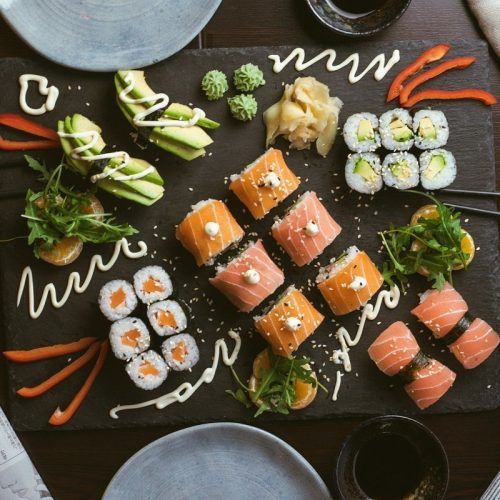
Try Out The Most Expensive Sushi Meals At These Places Around The World
The best ramen restaurants in Hong Kong
This story first appeared on Lifestyle Asia Hong Kong
Jump To / Table of Contents
Concept: Famous around Japan for its Karashibi-style miso ramen (consisting of a fiery concoction of chillies and numbing spices), the Japanese mainstay boasts multiple outposts here in Hong Kong. From two locations in Causeway Bay and Tsim Sha Tsui, this destination ramen spot is sure to satisfy anybody’s spice craving. At either restaurant, the walls are decorated with eerie oni masks—a suitable portent of the hellishly-coloured red broth to come.
What to order: Relatively speaking, the Premium Ramen (HKD 120) is the safest option. It’s topped with generous heapings of bean sprouts, minced garlic, an egg and a massive chunk of melt-in-your-mouth pork belly. Not to be outdone, the Ramen with Coriander (HKD 110) is a standout for those who enjoy a refreshing and distinctly herbal taste. And if you fancy yourself the adventurous type, the Karashibi Maze Soba (HKD 100) is Kikanbo’s take on the dry noodle, accompanied by a pungent spicy sauce that contains soaring notes of curry powder.
Why you’ll be back: For many ramen lovers, customisation is key. Kikanbo takes pride in the flexibility it gives diners to choose their desired level of chilli pepper and sansho powder—the addictive, mouth-numbing agent. The portions are also generous, ensuring you’re unlikely to walk away hungry.
(Image credit: kikanbohongkong/Facebook)
Concept: Although its signature shoyu ramen has won numerous awards over the years, Takano has never forgotten its roots as a modestly sized mom-and-pop operation from the outskirts of Tokyo. The Hong Kong branch (in K11 Musea and New Town Plaza) represents its first foray overseas. It’s a modern reflection of the original shop with similarly easygoing wooden furnishings. Diners are able to witness the rather therapeutic process of hand-making noodles through a large glass window.
What to order: The accolades and Michelin fanfare mostly centre around Takano’s Soy Sauce Ramen (HKD 128). The broth is delicate yet complex: owing to a mixture of free-range chicken, seafood and pork bones that are used to make this Tokyo-style ramen’s base. Welcome accompaniments come in the form of soy-marinated egg and charred pork slices, both of which are simple but effective. Beyond different styles of ramen, we’d also recommend the Deep-fried Oyster Cutlets (HKD 138), which are coated in a perfectly fried lightweight batter. The ocean-dwelling mollusc retains its distinctive, salty-sweet taste.
Why you’ll be back: The standout element at Takano Ramen is its noodles, which are made on-site daily and carry a distinct buckwheat flavour (something diners more readily associate with soba noodles). This gives the ramen a slightly nutty quality, which works to enhance your enjoyment of the distinctly savoury soups. Provided you need more convincing, seek out the dark flecks of buckwheat on your next visit—they shouldn’t be hard to find.
(Image credit: Takanohk/Facebook)
Concept: When picturing the setting for a ramen shop, the decor of this LKF-adjacent izakaya-style den probably isn’t what you had in mind. Bar stools and the ubiquitous ‘privacy booths’ are eschewed in favour of communal tables and plenty of al fresco seating. Even the food itself is slightly unconventional: veering away from typical regional recipes synonymous with well-documented ramen cities such as Sapporo or Tokyo. If you’re on the lookout for a bowl of noodles that is slightly different (but familiarly comforting) then you’re in the right place.
What to order: Choices here are curated but varied. Take for example the Soy Sauce Ramen (HKD 138), which is lean in name but rich in flavour. The broth is made from chicken and, as if to drive the point home, served alongside an extra-generous portion of fall-off-the-bone chicken leg. Much beloved is the Spicy Minced Chicken Tossed Noodle (HKD 123): the house speciality arrives with a cornucopia of individually diced ingredients and unctuous raw egg yolk, just the right sort of richness you’d want on a balmy summer evening.
Why you’ll be back: In addition to the outstanding food, the location of NOJO is nothing to sniff at. Housed in the swanky H Code lifestyle development, this eatery features both an indoor and outdoor area that’s perfect for nursing a post-work beer or cocktail. As an added bonus, NOJO’s menu includes a complement of appetisers and entrees that are broader than most. Service is friendly and the atmosphere is almost always vibrant.
(Image credit: nojo_hk/Instagram)
Concept: The notion of queuing for a bowl of ramen in Hong Kong is a settled one, especially if an Osakan celebrity chef (Hayashi Takao) and ramen connoisseur (Matsumara Takahiro) are involved. With great ramen comes great lines. Ramen Cubism’s popularity often manifests itself into a string of diners that snakes its way out of a basement alley and into the bustle of Wellington Street. The key takeaway here is that only 200 bowls are served daily. Once the Cubism team reach this limit, the restaurant shuts down for the day.
What to order: Our go-to move would be the restaurant’s pride and joy, better known as the Premium Cubism (HKD 118), a creamy white broth which is rich and deep in flavour. Thin pork slices decorate the bowl in a fan-like shape which borders on comical, with the all-important half-cooked egg perched delicately at the centre. For a slightly more subdued option, try the shoyu–style broth called The Sky Bird (HKD 88): a combination of bonito and premium Japanese soy sauce, combined to achieve a nuanced umami flavour. Accompanying this is a sizable chunk of slow-cooked pork, all but guaranteed to result in a meat-induced coma shortly following consumption.
Why you’ll be back: Setting aside the star power of its partners, the steaming hot bowls of ramen here feel like true nourishment, and act as the perfect way to recharge after a hard day’s work. Each broth (whether soy, chicken or pork-based) takes time and dedication to prepare—and it shows. The noodle texture is also top-notch, with just the right amount of springiness and chew.
(Image credit: ramencubism/Instagram)
Concept: Widely reputed to serve the best paitan(white soup) ramen in Hong Kong, Zagin Soba is another Japanese institution which has developed a seemingly insatiable following among local noodle obsessives. The Osakan mainstay operates in two locations in Central and Happy Valley: modestly appointed spaces consisting of a mixture of table and countertop seating. Happily, all but the most essential interior elements have been ignored to focus on making a premium product which is available in three formulations, all based around the aforementioned tori paitan chicken broth.
What to order: First-timers will be steered towards the Regular Tori Paitan(HKD 148) option, which keeps distractions to a minimum thanks to a master stock that is prepared exclusively using poultry. Zagin’s paitan is continuously simmered for hours on end: a method that is crucial for rendering out the fat and collagen which imbue this soup with its trademark richness. An electric hand whisk is used to agitate the broth just prior to serving, further boosting its silken, creamy texture whilst projecting a cappuccino-like appearance onto the surface. Noodles are served at a single, uniform ‘doneness’ and accompanied by a mixture of sous-vide pork loin and chicken charshu.
Why you’ll be back: For diners who insist that simplicity is the natural bedfellow of elegance, Zagin Soba will appeal on multiple levels. Because there are only three styles of ramen to choose from (all of which utilise the same garnishes and soup base) a certain clarity is assured. This lets you concentrate on each individual ingredient rather than getting bogged down in the esoterica of toppings, spice level, and noodle thickness. For an even more visceral pre- and post-dining experience, we suggest visiting during Hong Kong’s (admittedly fleeting) winter season.
(Image credit: zaginsoba/Instagram)
The concept: Maru de Sankaku is all about focusing on madai or sea bream from Osaka. As such, you can expect the noodles to come with a thick yet almost translucent white broth. While its sister restaurant Zagin’s signature is chicken soup, over at Maru de Sankaku it’s all about fish broth. What this place does better though, is keeping it simple. There are only three styles of ramen to choose from. This fuss-free approach keeps diners happy, as seen by the long queues and given that they only serve a limited number of bowls a day.
What to order: As its concept suggests, the star here is the creamy Madai Broth Ramen (HKD 138), made with sea bream creating a foamy texture. It comes with pork, fish, bamboo shoot, and chives topped with paprika powder. Those looking for something else can get the fish soup replaced with tsukemen, which is served above a layer of dry ice. The result? A fog-effect once you get your bowl.
Why you’ll be back: The menu is short and simple, so you’ll likely already know what you’re about to get next time. Despite that, you still get to customise and personalise your order. If your Madai Broth Ramen is missing a soft-boiled egg the last time, you can just get it for an extra HKD 15 the next. Be creative on each of your visits!
(Image credit: marudesan.hk/Instagram)
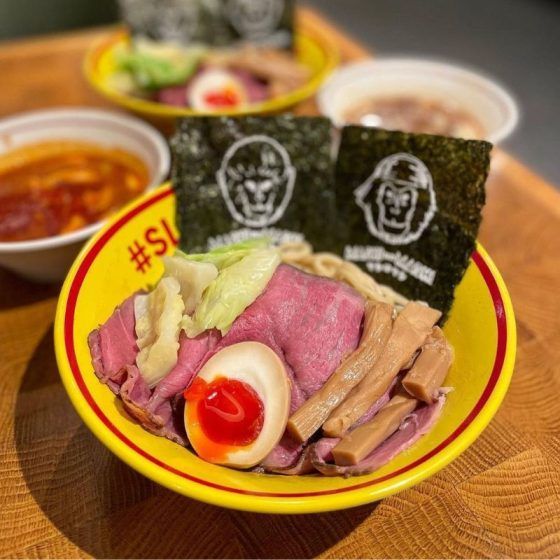
Concept: When the team behind Wagyumafia opened this adjoining casual eatery, the initial media blitz—centering on a certain footballer and the spectacle of cringe-influencer culture—did little to engender goodwill amongst serious noodle aficionados. Fortunately, the time has proved to be on Mashi No Mashi’s side. The consensus now seems to be that this 12-seat counter is the optimal place for a rowdy evening spent pounding awamori and muscling through a preposterously decadent bowl of wagyu dipping noodles.
What to order: Notwithstanding some gyoza and a carotid-hardening beef donburi, there are really only two dishes at Mashi No Mashi to choose from. No point in guessing which one’s the star of the show. True to its moniker, the Tokusei Wagyu Tsukemen (HKD 150) is an enormous bowl of thick-cut noodles (somewhere between soba and udon, texturally speaking). This is accompanied by the usual medley of bamboo shoots, parboiled cabbage, and a soft-boiled egg. Then comes the beef, like an angry red tide, threatening to engulf every other ingredient in sight. As you well-informed people already know, the main allure here is the brisket’s provenance (sourced from the same Kobe farmer, Muhenaru Ozaki, who supplies Wagyumafia). All the tsukemen served is paired with the same dipping sauce: a strangely wonderful concoction of wagyu fat, cartilage and (at your discretion) red-hot togarashi pods.
Why you’ll be back: Without wanting to sound too twee, what you get out of Mashi No Mashi is largely contingent upon what you bring with you. To put it bluntly: the typical self-serious ramen geek probably won’t enjoy the act of spending HKD 200 (after service tax) for a bowl of beefy tsukemen. But if you come to the party with an open mind—and make no mistake, with surround sound of this quality, it is a party. You’ll be rewarded with raucous service, boatloads of atmosphere and dipping noodles which may well be more satisfying than what you’ll find at most fine dining tables.
(Image credit: mashinomashi/Instagram)

Concept: Hailing from Sapporo, Ebisoba Ichigen has achieved bona fide cult status amongst ramen enthusiasts within Japan’s domestic market. The reason for that is simple: a break with tradition that sees the humble shrimp thrust into the driver’s seat in every single permutation of Hokkaido-style ramen on offer. (The original shrimp broth has become so popular that it’s now available at retail.) With multiple branches across the city, Ebisoba has a fairly widespread presence. Restaurant interiors are consistent, swathed in a vibrant red which tantalises passing diners whilst reflecting the bold and heady flavour of Ebisoba’s star ingredient.
What to order: If your taste for ramen errs toward the conventional, a variety of Ichigen broths cut with the familiar porkiness of tonkotsu are available. However, those with even a passing appetite for shellfish are encouraged to try the Ebi Mazesoba (HKD 88). Both a chain-wide first and Hong Kong exclusive, this dish is—for lack of a better descriptor —a dry ramen. It consists of toothsome noodles layered with soy sauce that has been infused with numerous ebi bits dense in oil, brine, and umami. To ensure maximum absorption, we recommend ordering the thicker kind of noodle.
Why you’ll be back: Whereas tonkotsu and paitan noodle soups are effectively ubiquitous throughout Hong Kong, Ebisoba’s take on ramen is decidedly less common. The insanely fragrant and addictive flavour of its prawn-based condiments will appeal to those with a penchant for bold flavours, and even diehard Ebisoba fans are likely to be enticed by the range of branch-exclusive dishes.
(Image credit: ichigenhk/Instagram)









